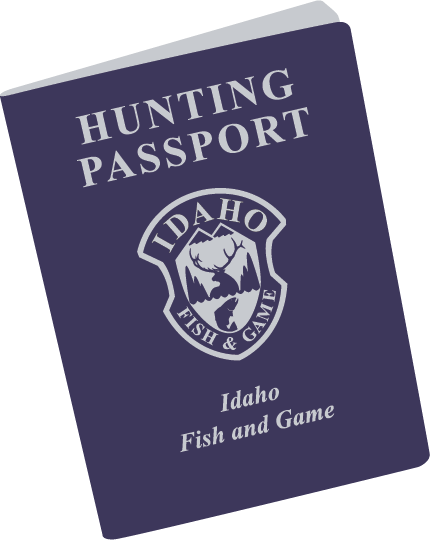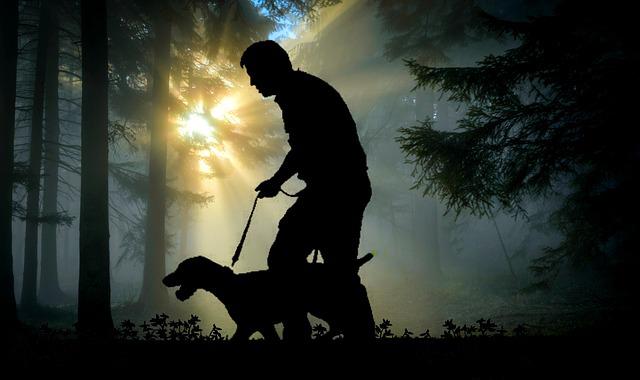
You may want to hunt coyotes, grouse, ducks, and deer. Here are some tips and techniques to make your hunting experience more rewarding. Once you are proficient in stalking, you can easily hunt down your next big game. You may also be interested to learn about different methods for locating the best hunting areas for specific species.
Techniques for hunting elk in the morning
Hunters should avoid walking on fields edges or near natural features. Doing this will increase your chances of being spotted early in the morning by deer. One area that is particularly productive for hunting deer in the morning is bedding areas. Your chances of getting a big buck will increase if you hunt this area. These are just a few of the methods that you can use in order to catch deer before dawn.
It is important to make sure your stand is set up at least two hours prior to the start of shooting. After a long hike, cool down and set up your gear. Then you can let the woods settle before it gets too hot. You will be amazed at the number deer that you see in these early morning hours. Keep an eye on the weather. Morning deer can be active earlier in the morning.

Techniques to hunt grouse
A grouse is unlikely to fly over 150 yards. Begin hunting with a friend to increase your chances at success. It's important to know how to identify bolt holes. Use a canine to locate and cut through the underbrush. Here are some ways to hunt grouse. Read on for tips on how to use a dog to hunt grouse.
One of the most common ruffed grouse habitats is young, managed forests. These species forage for grit on gravel roads so they are not common in primeval forests. Look for the edge areas to find grouse. Walk fields adjacent to a forest, along utility rights-of-way, and in old orchards. Look for a popple trunk of two inches.
Techniques to hunt ducks
Winter is a great time to hunt ducks. The ice makes it more difficult for birds to stay on the move, which means they spend more time in the air. Walking through canals or other bodies of water can help you find the best spot to hunt. There are many methods for hunting ducks during winter. Here are some tips to make your hunting more enjoyable and productive. Here are some tips to attract ducks.
1. Duck Decoys for Hunting: No matter if you plan to hunt mallards (or geese), duck decoys are necessary. If you have small areas to cover, one dozen mallards will be enough. For larger areas, however, you may need more decoys. Your spread should contain both feeding and sleeping decoys. Bright white buffleheads are a good option to increase visibility.

Hunting coyotes: Techniques
Once you step foot into the woods, the key to successful coyote hunting begins. Coyotes have a keen eye and are sensitive to sounds and setups. Good cover is important to reduce movement and concealment. To get them to prey on you, you can also use a lure or decoy. Here are some tips for successfully hunting coyotes.
Scouting for coyotes can include looking for fresh tracks, dead cows, and strays. A fox den may also be a good place to look for coyotes. Land managers and farmers are excellent sources of information about coyotes' habitats and movements. Listening to the coyotes' vocalizations will help you pinpoint their den and home area. If you are hunting multiple packs of coyotes, calling lightly and quietly is a good technique.
FAQ
Is it legal to hunt bears in Alaska?
Yes, hunting bears is legal in Alaska. Bear hunters may use traps and snares in order to capture them. Others use dogs to track down bears.
The Alaska Board of Game regulates bear hunting. Before going out in the woods, hunters need to have a bear tags.
Bear hunting is popular in some places like Denali National Park and Preserve. Special guided hunts allow tourists to take a bear hunting trip that costs a lot.
Can I take my dog with?
In most states, hunting dogs with humans is prohibited. However, there are laws in some states that allow for this practice. Check with your state's department of natural resources to find out if this is allowed in your area.
In addition, some hunters do bring their pets along. Some hunters find that having a pet allows them to relax while they hunt. Others believe that a companion helps them avoid getting lost.
However, having a pet can pose problems. The hunter may be frightened of dogs. Also, wild animals may attack the pet.
Is hunting dangerous?
Yes, but it is possible to be injured during hunting.
There are many ways you can injure oneself.
A poor shooting technique is one way. An example of this is when you shoot at an incorrect angle or hit the wrong area of the animal.
Another risk is being attacked by another animal.
Hunting accidents happen each year. Many people are killed or seriously injured by their guns.
Hunters should not load their guns before they reach their destination.
They should also make sure their guns are not loaded when they go into the woods.
Always keep your eyes wide open. Listen for the sounds and be attentive to your surroundings.
If you are not prepared to defend yourself, do not approach animals.
Never chase after prey. Instead, just wait patiently for them.
Never make a mistake. They could cause injury or death.
You should be careful when you are near cliffs or other places where you cannot view what is below.
Avoid streams and rivers. These areas can flood suddenly.
While hunting, avoid drinking alcohol. You can slow down your reaction time and affect your judgement.
You should always keep your safety equipment handy. You should always carry a first aid kit and flashlight.
It is essential to be able to handle an emergency. Do not assume you know the basics of first aid or CPR.
How popular is hunting in America?
Hunting is a favorite American pastime. Americans spend more than $8 billion each year on hunting supplies and equipment. An average hunter spends approximately $1,000 annually.
Many people hunt for relaxation and a hobby, but hunting is also a popular sport. It is estimated that there are nearly 50 million hunters in the United States. This includes both men as well as women.
Hunters come to us from all walks. They come in all ages, from young children to adults. Some hunters have been doing it since the beginning, while others are just getting started.
A hunter's most important reason is to enjoy being outside. Many hunters feel that this is a great way to connect with nature and experience what it feels like to be free.
Hunting can be an enjoyable social activity. Hunting is often done in a group. Sometimes these groups include family members, friends, co-workers, etc.
Hunting is also a sport that has grown in popularity among hunters. People compete against themselves and other hunters to see how well they can shoot different types of animals.
In some states, hunters compete against each other to kill the largest deer. These records are typically set by professional hunters.
Statistics
- Licenses dropped from a peak of roughly 17 million in the 1980s to 15 million in 2019, according to The Seattle Times. (stacker.com)
- According to the Wildlife Restoration Act, passed in 1937, most of the state conservation efforts are funded through hunting and fishing license sales and firearms sales. (stacker.com)
- Thanks to the 1937 Pittman-Robertson Act, an 11% excise tax was placed on the sale of firearms, which were then used for conservation. (stacker.com)
- - Percent of residents with paid hunting licenses: 0.7%- (stacker.com)
External Links
How To
How to hunt wild Hogs
Large animals, wild hogs can be found across North America, Africa and Asia. Wild hogs are omnivores. They eat plants and small animals like rabbits, mice and birds. They usually feed at night. The gestation period is approximately six months. One piglet then emerges. A sow can give birth once every two years. Wild hogs are often solitary but can live in groups known as herds.
Wild boars average a weight of 200 pounds (90kg). Their head length ranges between 10-12 inches (20-25 cm) and 20-30 inches (30-50 cm) respectively. Wild pigs have long legs with broad shoulders and short tails. They have a thick layer under their skin of fat.
They are very sensitive to smell, hearing, sight, and touch. These senses help them detect danger and find food. They can run upto 35 mph (56 km/h) at speeds of up to 14 mph and jump upto 15 feet (4 m) from a distance of just under 4 m. They are very sharp with their teeth and claws. They are strong and aggressive in defense against predators.
Hunting wild hogs is difficult due to their intelligence, speed, and elusive nature. They must be carefully tracked by hunters. If hunters shoot too early, the animal may escape. If hunters shoot too late, the animal may die before it reaches cover.
There are many methods of hunting wild hogs. Shooting is the most popular method. This involves hunting the animal down and waiting for it to come within range. Trapping is another option. You can trap hogs by setting traps near water supplies. A trap may contain a scent lure such as peanut butter and corn meal. The hunter then shoots the trapped pork after the trap has been sprung.
Another option is snaring. The pig is caught using snaring, which uses a noose out of rope. It works best when the pigs are caught during their mating season.
Other methods include poisoning, spearing and netting. Netting and spearing involve placing a net or spear through the pig's neck to stop its breathing. Poisoning is when the poison is injected into the pig's throat.
Hunting wild hogs is a challenging sport. Hunters should be prepared for winter. In some areas, hunters wear snowshoes to keep warm. Some hunters bring dogs with them to help them track the animals.